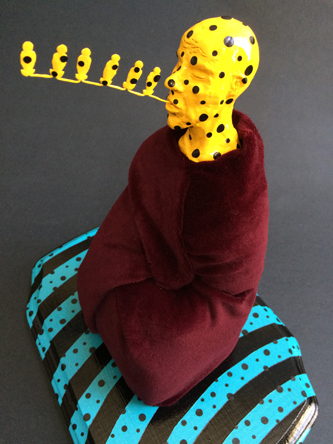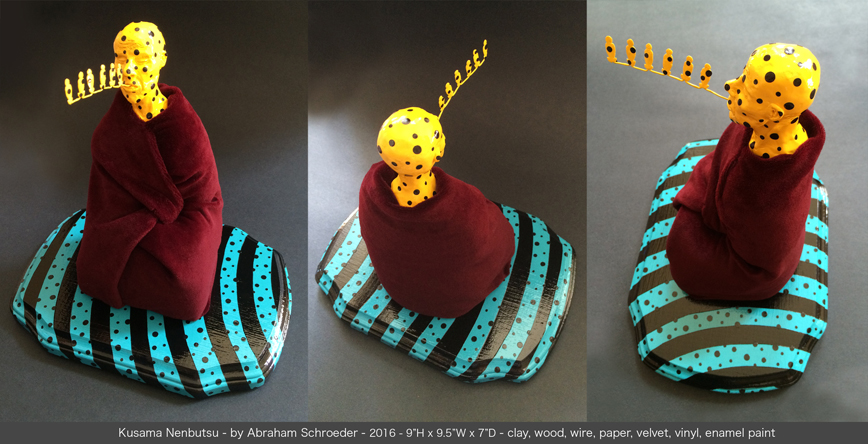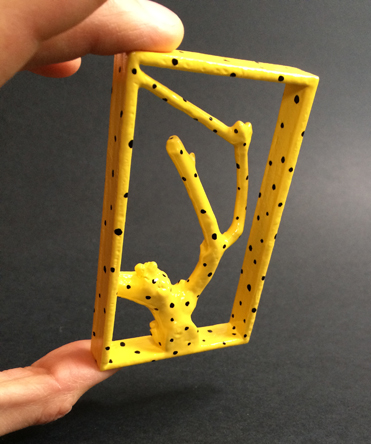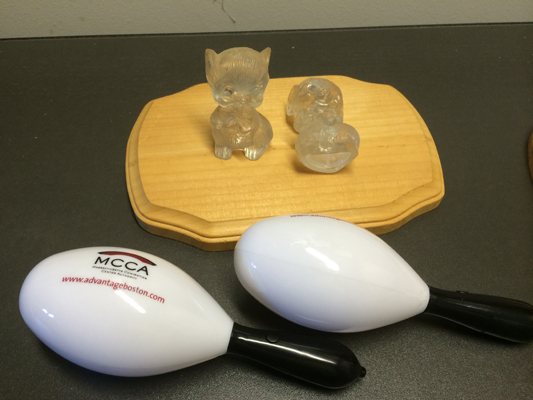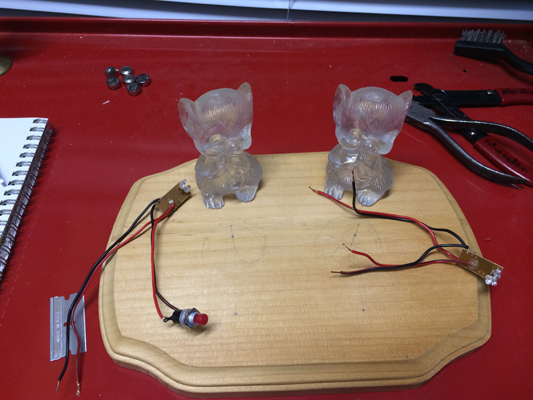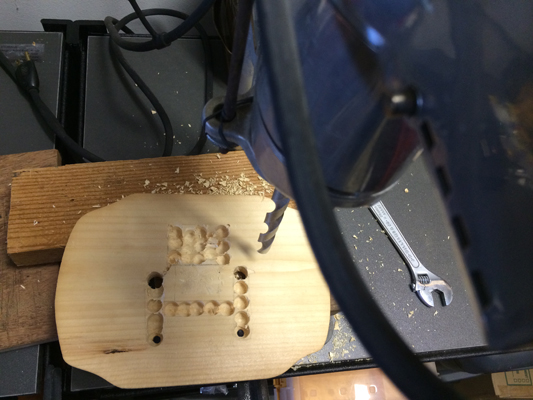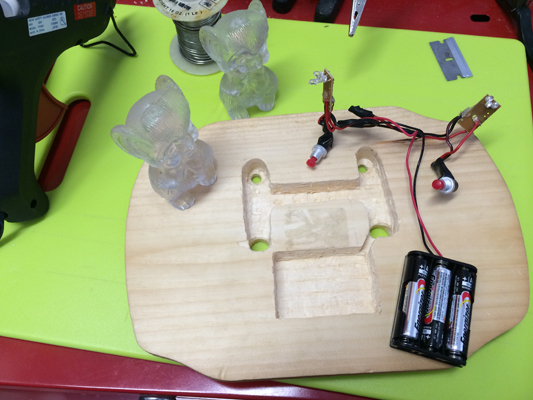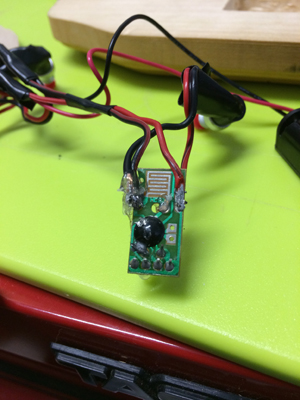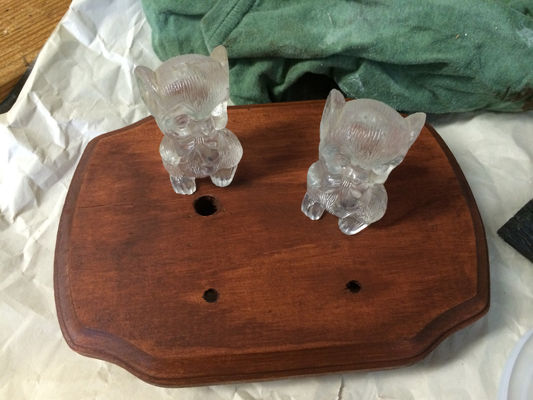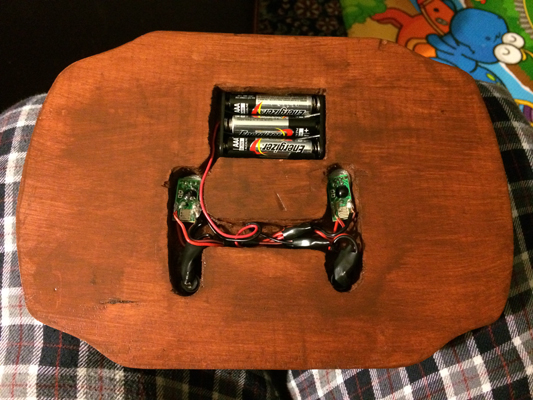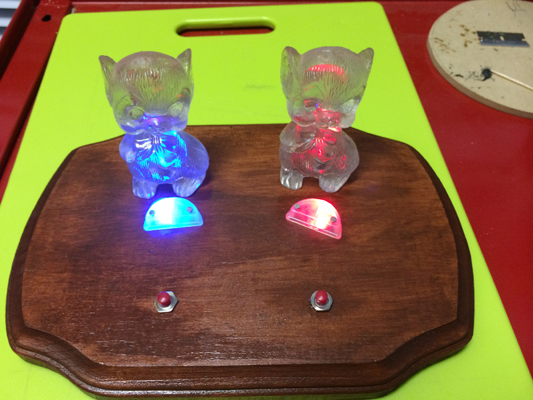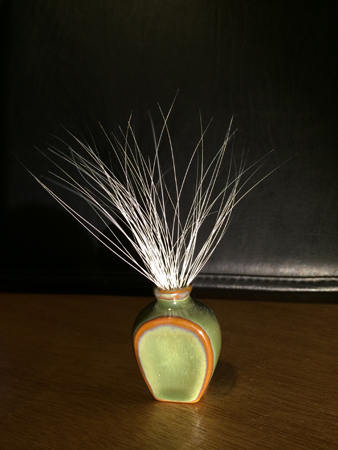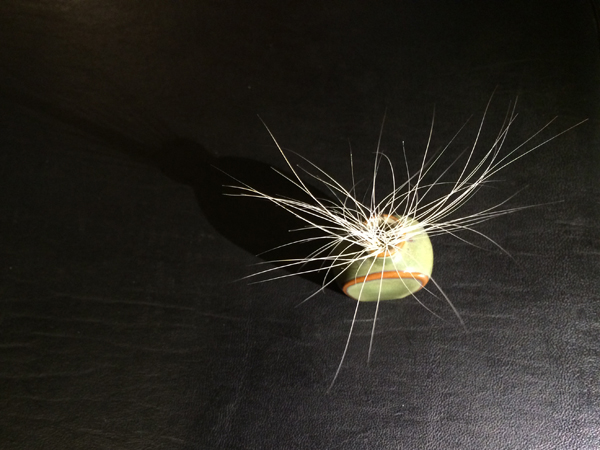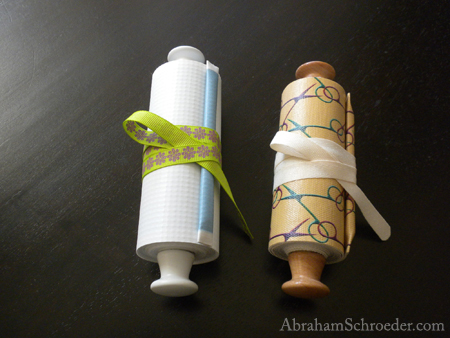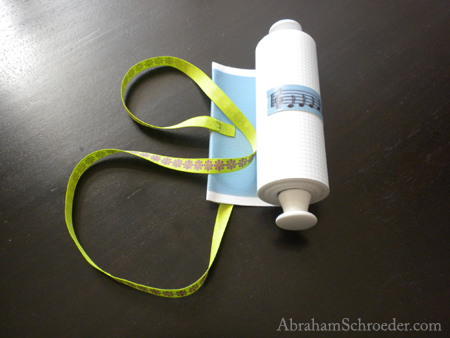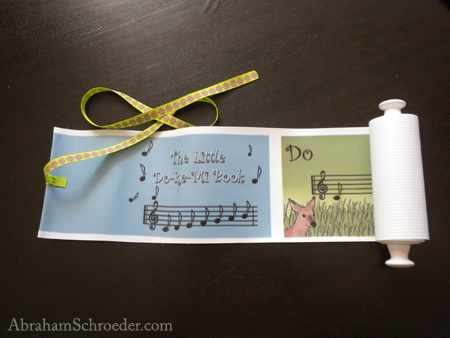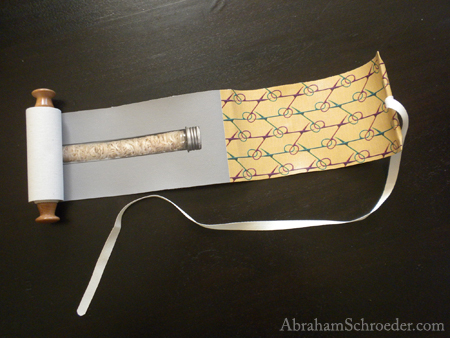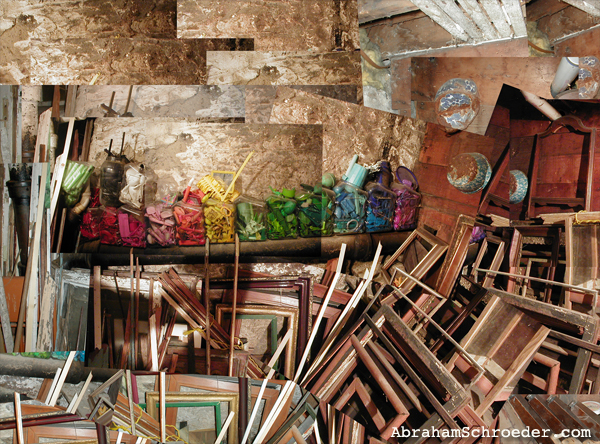
Jack Wittenbrink's Basement Collection, c. 2004. I pieced the collage together in 2011 and made a 12x16" test print, but 24x36" or larger would be more appropriate.
|
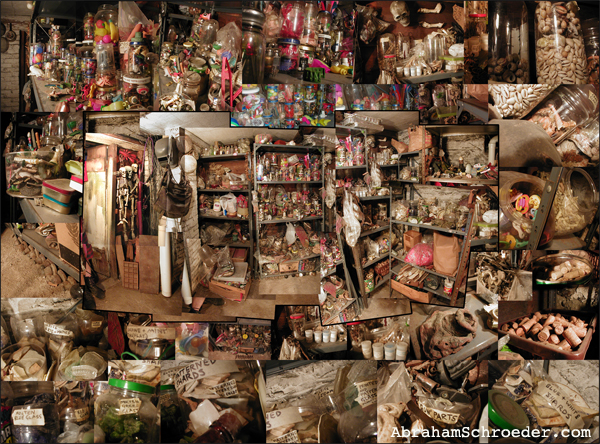
Jack Wittenbrink's Basement Collection, c. 2004. This was my first attempt to make sense of the amazing collection of objects Jack collected and meticulously organized over the years he lived in Jamaica Plain, MA. I haven't worked out how to resolve the center section that forms a continuous view, so there will be more drafts of this image coming soon. I photographed the basement shortly before he packed it up and moved. The two collages only show about 2-and-a-half walls, and I have maybe 200 more photos to use in more compositions like these.
|
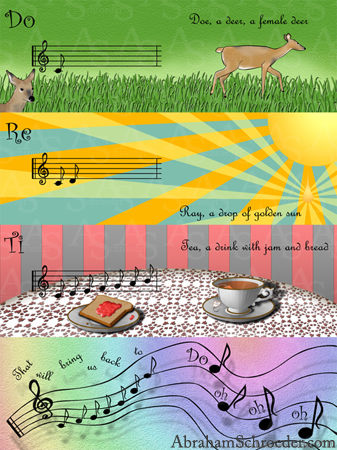
These are four 2-page spreads in a DoReMi book I made in 2010. The book only exists in handmade vinyl and paper copies now. See my scroll gallery for another version. This year I plan to finish and professionally print several books that are in progress, and hope to have this available for sale in print and ebook formats soon.
|

Elk, 2011
These are a few pieces cut off and set aside from a much larger composition I started last year but haven't revisited. Many of my projects evolve in scale as I rearrange the parts, and I may end up with something radically bigger or smaller than the initial idea. Sometimes completely different styles spin off unexpectedly. The Patterns gallery has several examples of things that started as little snippets that grew to complicated designs alien to the original idea. It's important to keep an open mind when making art.
|

This is a set of skulls I made for Day of the Dead, 2011, drawn and multiplied in Photoshop.
They look nice in framed sets of 5x7" or 8x10" prints, or can be printed as a large continuous images in any arrangement.
|
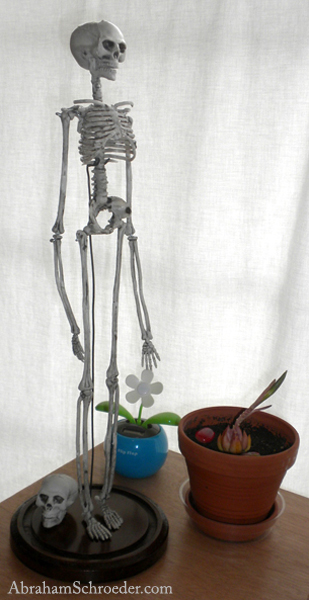
Modified plastic Halloween skeleton, 2012
|

Bones, carved from scrap wood, 2012,
the first pair in a series I'd been planning to start for a while.
|
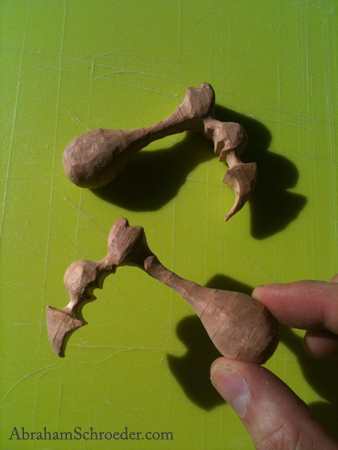
Testing the limits of my bandsaw and rotary tool.
Made from scrap, probably redwood.
These were almost too delicate for power tools.
|


